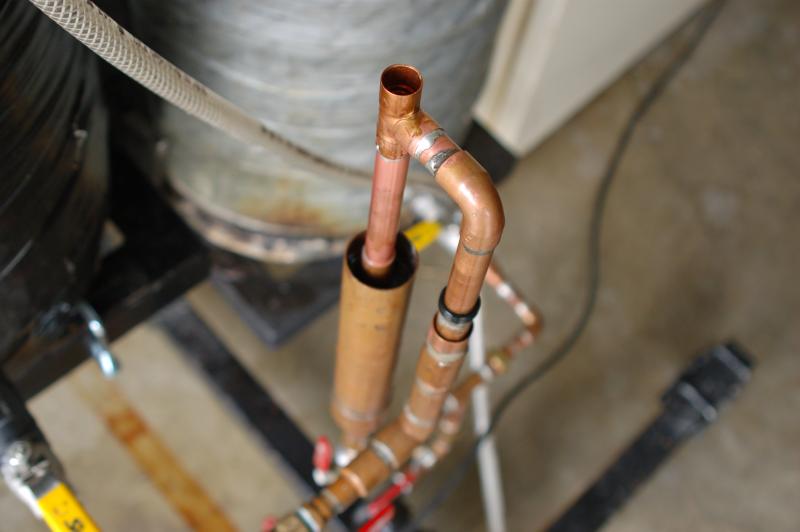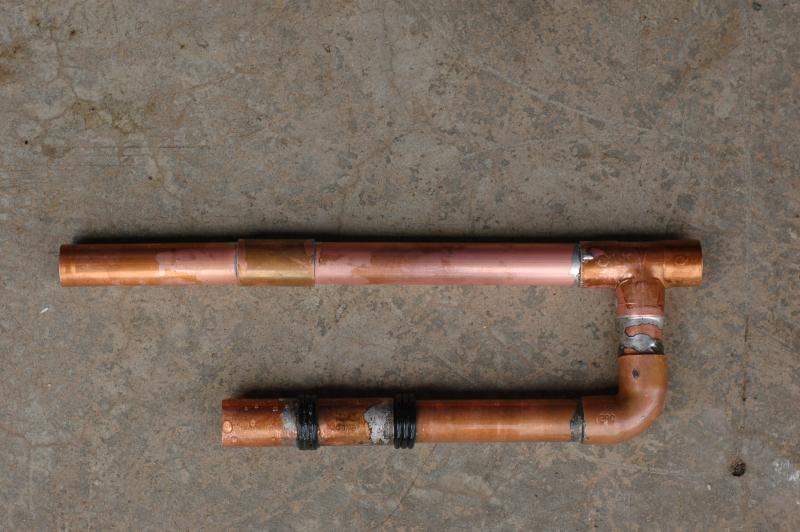jaginger
Well-Known Member
Wowsers. I thought any old dope like me could brew tasty beer. 
Guess i'm gonna have to take up another hobby.
Guess i'm gonna have to take up another hobby.



Also when looking for info, if you look for answers from home brew knowledge, your not going to get very advanced information. If you really want solid answers you need to start buying real technical brewing textbooks or go to a real brewing school and get an education.

how often does a professional actually take the time to answer your questions?








![Craft A Brew - Safale S-04 Dry Yeast - Fermentis - English Ale Dry Yeast - For English and American Ales and Hard Apple Ciders - Ingredients for Home Brewing - Beer Making Supplies - [1 Pack]](https://m.media-amazon.com/images/I/41fVGNh6JfL._SL500_.jpg)



I hear where you're coming from, OB. I'd have to say this post has a bit different tone than the prior 2 and it is nice to have suggestions from some with a lot of experience.I guess home brewing for me...
A fast flow causes wort to take the path of least resistance, and that causes channeling. When you create channels, your are not rinsing the grain, you are pulling sparge water from the top. Also fast flow causes compaction which will also cause channeling. The point of sparging is even rinsing of the grain bed.
Thanks, that clears it up for me a lot. It sounds like the problem is one of efficiency, not of defective wort. Is that right?
My goal is to reduce the time it takes me to brew without hurting the quality of the beer. I have the hours between 9pm and midnight to myself: weekdays belong to the mortgage and weekends to the family. So I spend a lot of time brainstorming how I could brew in three hours, including all cleaning, using a minimum of energy (since there isn't much left in my tank at the end of the day). I'm willing to risk lower extract efficiencies but not defective wort.
My current idea is to use my BK as a huge grant, continuously recirculating between the MT and the BK. This implies a very thin mash (like BIAB). I don't know why nobody does this, because I see several advantages: there is no sparge, so I can hit a gravity easily. I don't need an HLT. When I hit my gravity, half my wort is already in the BK so I can start my burner and get a head start on the boil. I can use the burner in the BK to help with temp increases for step mashes or mashout.
I don't need to recirculate quickly during the mash, but once I hit my gravity I want to extract the remaining wort from the MT as quickly as possible. I am building a system to monitor vaccuum and adjust the pumping rate to avoid stuck mashes. I plan to use rice hulls to push the envelope even further.






I think this is what pfooti is talking about. It's pretty offputting. That said, I think you've contributed GREAT information here, and I'm planning on adding a trombone to my own setup (bookmarked the thread) because I understand how it works and personally I'm interested in maximizing my quality. Plus, I'm an engineer and like building things.As I promised pictures of my trombone, for those brewers who don't treat their beer like a microwave dinner.
 )
)I don't care if people agree with me or not, but they are arguing with me to validate their quick brewing techniques. Their goal is not to make refined beers, but to pump out beer as quickly as possible.
If your techniques or equipment allow for solids to make it into your kettle you will degrade your wort quality. Maintaining proper ph is vital, also lautering at 168 degrees and going slow, is key to rinsing the extract while leaving behind the solids. In the industry we use what is called an Imhoff cone http://www.colonialscientific.com/OScatalog/index.php?cPath=152_253_255 . The Imhoff cone is 1 liter(which is to big for a home brew) But it is a graduated cone and what you do is Recirculate your mash and when it is clear you take a sample and fill the Imhoff cone and if there is more than 1ml of sediment in your cone than your letting to much solids into your kettle.